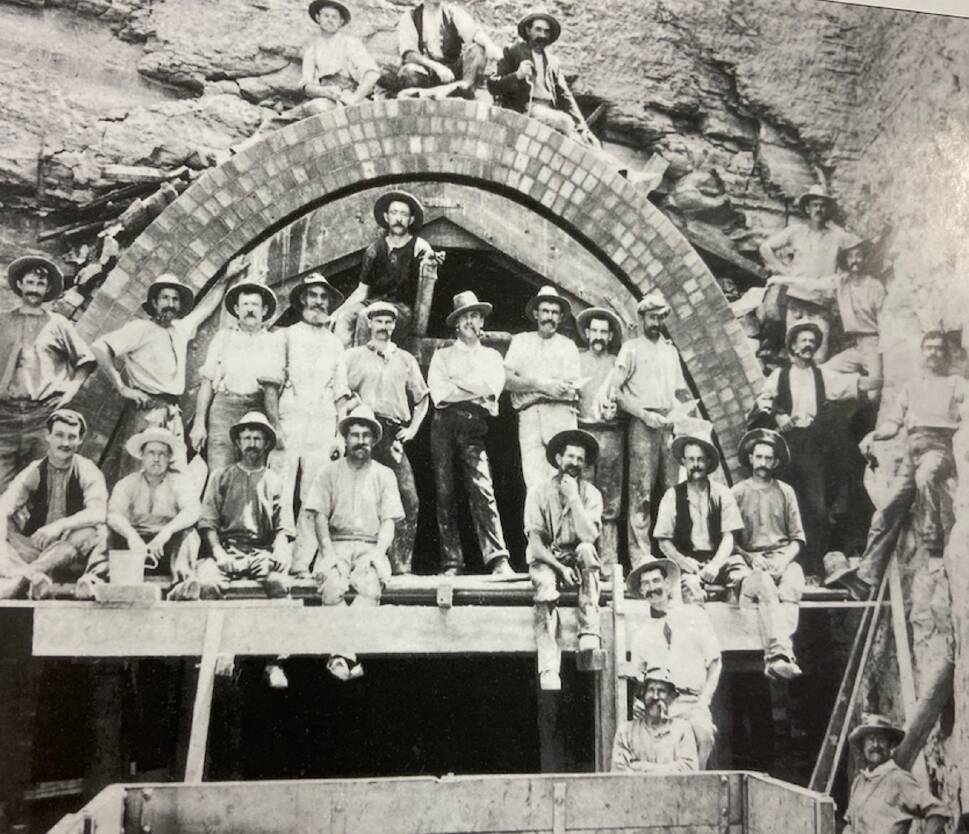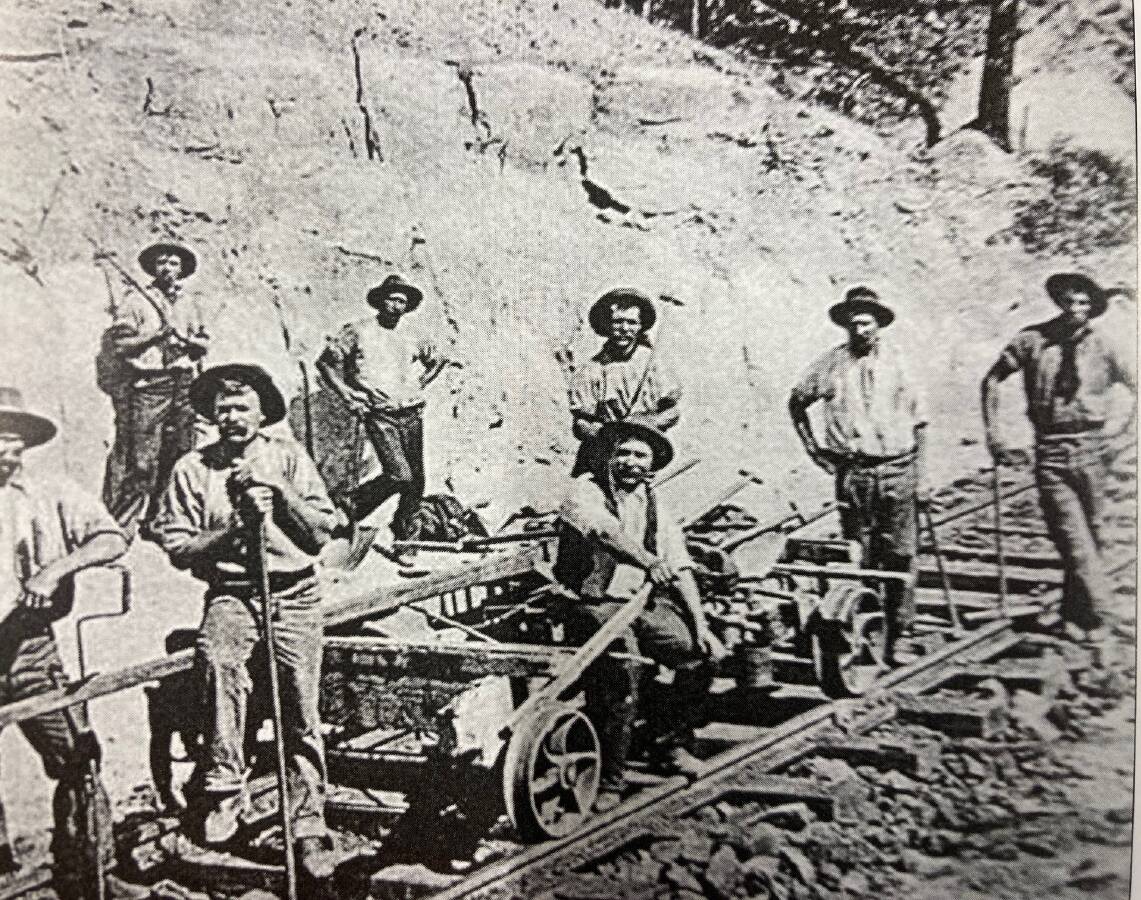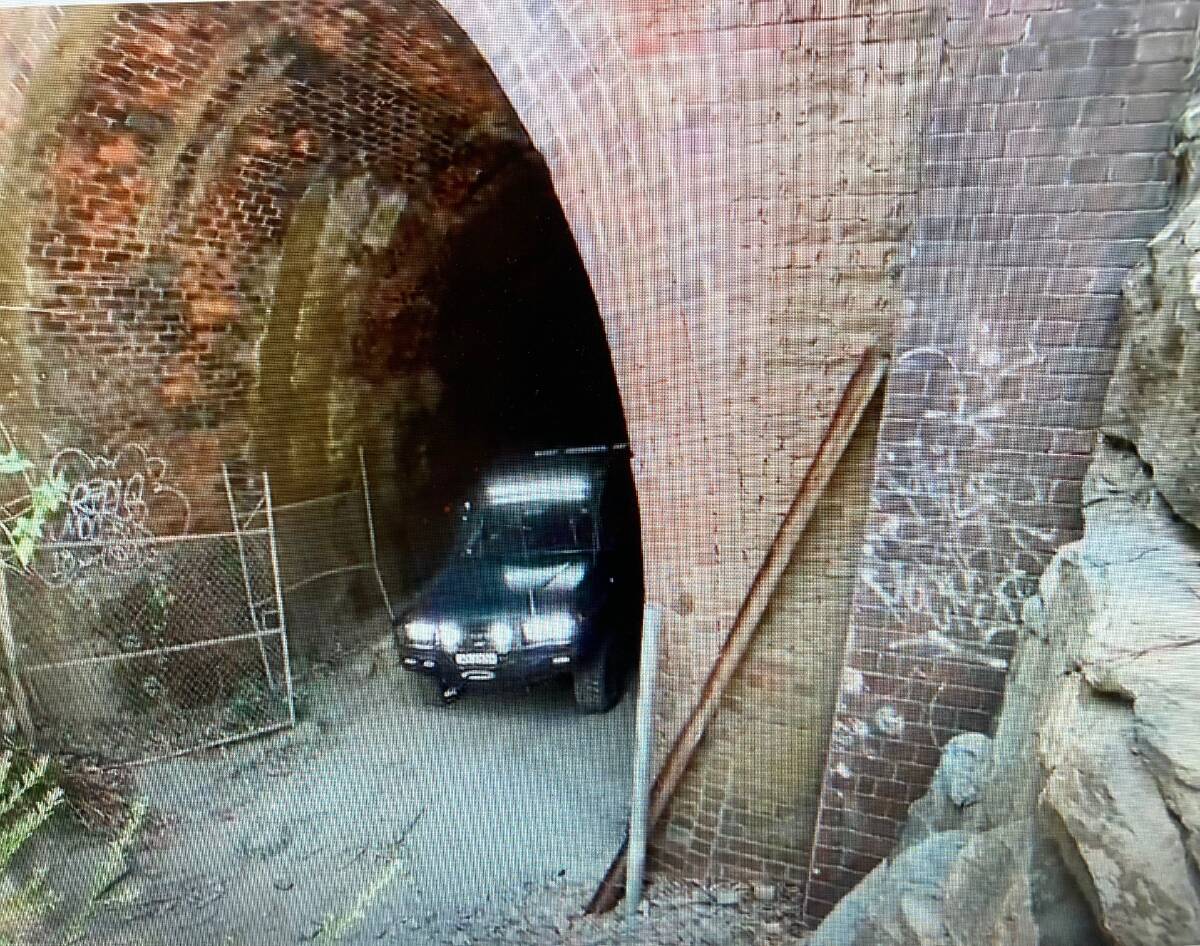
WITH Maitland's Steamfest upon us this weekend, let's revisit an overlooked Hunter Valley rail triumph.
The much-loved Steamfest is in its 35th year, but this other venture, if not entirely forgotten, certainly hasn't recently been in the spotlight.
I'm talking about the construction of the mighty Richmond Vale Railway (RVR), opened 118 years ago and which made coal-mining history.
When its last section finally closed in 1987, it was the last privately-owned, commercial railway in Australia using a fleet of steam locomotives.
With a rail track once stretching about 26 kilometres inland from Hexham to near Kurri Kurri, this ambitious proposal created a flood-free rail line to service several collieries, including the later showpiece pit Richmond Main.
The coal railway passed through rough, densely timbered country needing the brawn of hundreds of railway labourers, or 'navvies' to construct. As well, it required building three, brick-lined tunnels piercing the Sugarloaf Range, plus two big timber trestle bridges and the need to excavate at least 23 cuttings. But the actual line building has remained a largely unknown story - until now.
It was an era when coal was king and people thought big and bold.
Although the rail line is disused now, the route, although neglected, remains. And, since about 2013, this same track has been proposed for a major cycleway running from Hexham to Pelaw Main, near Kurri Kurri. Cessnock council has led the project with Lake Macquarie and Newcastle city councils, plus others as partners.

Many stakeholders are hoping that one day the scheme may even be declared a state significant project to secure sufficient funding. The planned recreation track is conceived as being similar to the revitalised Fernleigh Track, also a former colliery line, stretching 16kms from Adamstown to Belmont.
The RVR private coal line, requiring an act of parliament, began in February 1904 and was originally called the Pelaw-Main railway to Minmi. It opened officially in October 1905.
This expansion of Minmi's coal railways was the pet project of coal entrepreneur, John 'Baron' Brown (1850-1930), a taciturn autocrat running the coal company J. & A. Brown, which later became Coal and Allied Industries.
Brothers James and Alexander had built up their 19th century coal empire, pioneering the coal export trade to China and America. James Brown's son John took over the reins of the family business in 1891.
'Baron' Brown then spent 100,000 pounds (probably several hundred million dollars today) extending the local rail line west up the valley to link what became Pelaw Main and Richmond Main colleries, plus mines back at Minmi and Stockrington, before ending at Hexham.
What a bold undertaking the building of the Richmond Vale Railway was back then. To get a better understanding of this massive 19th century rail project, my attention turned to the writings of Hunter Valley rail historian and author Brian Robert Andrews. Through meticulous research, he's uncovered much of the "unknown" saga of the building of the RVR line hidden in plain sight in dusty documents, old newspaper clippings and rare photos.
Writing in his mammoth 2017 work, The Railways and Colleries of the Greta and South Maitland Coalfields Volume 1, one tidbit he discovered was that building the three RVR brick tunnels (not unlike the Fernleigh tunnel) required about two million bricks.
And while the number of workers on sites fluctuated, up to 800 men were employed at a time to carve the railway into the wilderness. The men were tough, the work was hard but it proceeded smoothly.
Andrews writes that the West Wallsend District electoral rolls in 1906 listed seven work camps with the 'navvies' a rowdy bunch in settlements after work.
At the start of the project in 1904, construction required blasting earth day and night. People living in West Maitland wondered about the unusual noise. About five tons of explosives were needed a fortnight, including blasting powder and gelignite.
The hundreds of labourers initially used 130 horses and drays for transporting goods and spoil.
Visitors passing the rail route reported spotting hundreds of tents and more than 1000 people, including women and children.
John Brown's new, private railway to exploit the rich coal deposits further west needed to be built in 12 sections.
Andrews reveals that two rail tunnels were originally conceived along the route, but eventually three tunnels, each lined with four courses of brickwork in an elliptical shape, were built.
The RVR's No 1 tunnel (coming up from Minmi towards Kurri) was 535ft long while the No. 2 tunnel through Oakey Ridge (so named because of the trees there) on the Sugarloaf Range was by far the longest at 1296ft. The project's third tunnel passing under the Mulbring to East Maitland road was 624ft long and again bricked in an elliptical arch shape.
The dark, disused tunnels can often be flooded and bumpy today, but this hasn't deterred some intrepid 4WD drivers venturing in over recent years (despite wire gates) to risk being bogged inside. The surveyed rail route also including fording creeks, so two large trestle bridges were constructed.

Around the outskirts of Kurri, the Pelaw-Main branch line of the RVR was built first, followed by the then Richmond Vale Colliery branch. Then, much later, in October 1911, after a 'new' shaft had been sunk at the developing Richmond Vale Colliery site, the site was renamed to Richmond Main Colliery.
Despite the odds, this heritage site survives, but it is open only to tourists and run by hard-working volunteers as a museum with rare steam locos and carriages.
Pelaw Main Colliery closed in 1962 and the same fate befell the Richmond Main Colliery in 1967. The Richmond Vale Railway was then truncated to the last rail section from Stockrington (past Minmi township) to Hexham.
This finally closed in September 1987, ending more than 130 years of steam trains hauling coal hoppers across the Hexham wetlands to the main northern line and Hunter River wharves nearby.
Ironically, the wildly ambitious RVR project going west by 'Baron' Brown was actually an extension of the existing, earliest section of the coal railway going across Hexham swamp from Minmi.
This was built by businessman John Eales in 1856.
WHAT DO YOU THINK? Join the discussion in the comment section below.
Find out how to register or become a subscriber here.







